- About

Established in 2015 in collaboration with MIT Sloan Management, our vision is to be a global knowledge hub, with regional insights from Asia and the emerging world.
- Faculty & Research
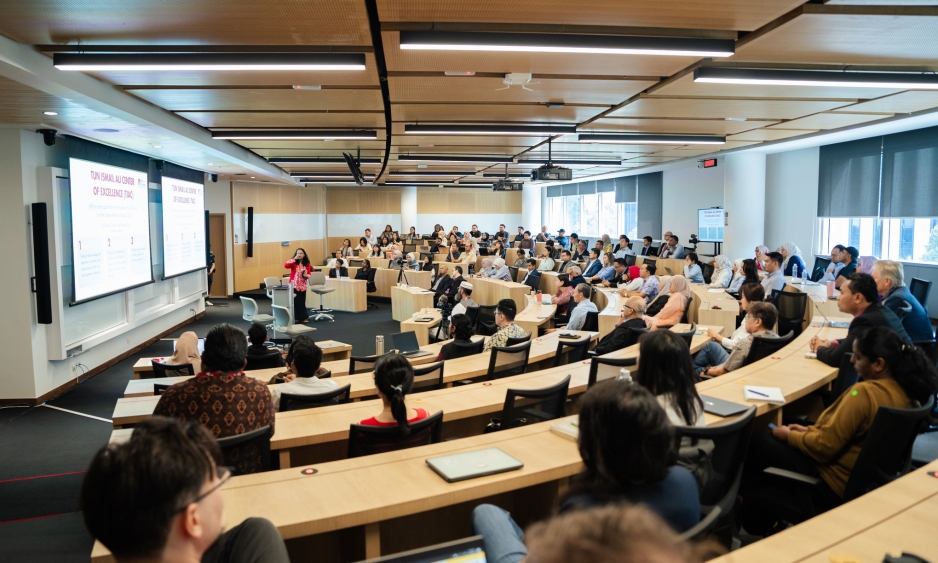
ASB’s research centers conduct impactful research in emerging markets, business strategies, technology, and sustainability. Together, they foster innovation in the business landscape.
- Academics

The ASB curriculum seamlessly integrates MIT Sloan’s rigor with the strategic insights of Asia. With MIT Sloan Immersion and Industry Treks, it immerses future leaders in a diverse range of industries.
- ACE
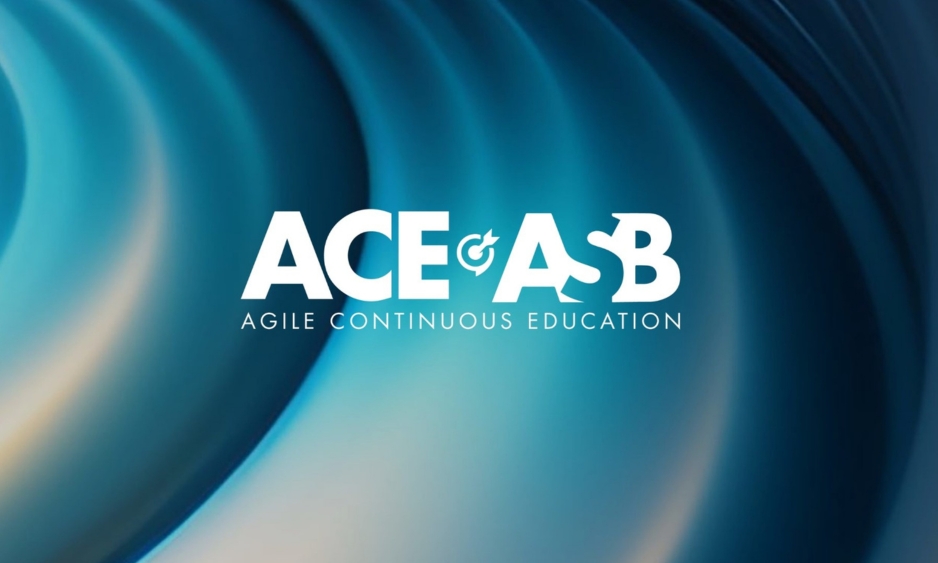
ASB has launched Agile Continuous Education (ACE), a granular set of hybrid courses that are designed to keep professionals at the forefront of their fields.
- Executive Education

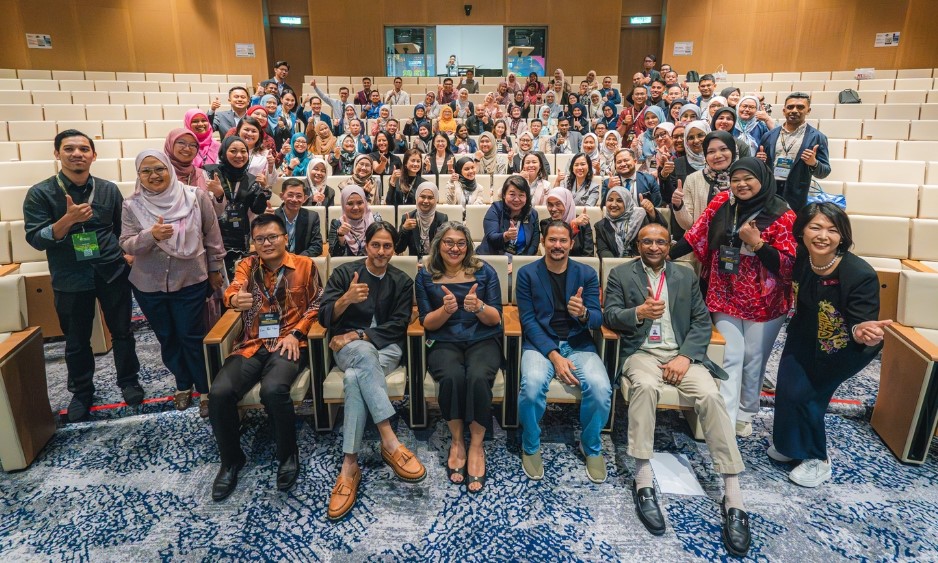
ASB provides executive education programs covering corporate governance, general management, and finance, including the mandatory Financial Institutions Directors’ Education (FIDE) programs.
- Innovation
- Corporate

ASB excels through dynamic collaborations, addressing business challenges with innovation, built on robust partnerships.
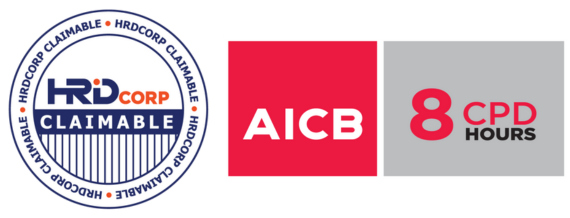
June 11, 2024
Date
9:00 AM – 5:00 PM
Time
RM 2,500*
Program Fee
In-Person
Format
Overview
Supply chains have been receiving deserved attention since the beginning of the COVID-19 pandemic – either because of their disruptions affecting product and service availability or because of their critical role in vaccine distribution globally. This has made visible the important role supply chains play in enabling competitiveness of companies as well as nations and states.
In a McKinsey survey in 2021, a staggering 92 percent of global supply chain leaders took steps to bolster resilience—a critical move not just for pandemics, but also for thriving in the Fourth Industrial Revolution (IR4.0).
Executives need to ask: “Does our supply chain fit our company?” Our program provides practical answers. Dive into Marshall Fisher’s Supply Chain Strategy and the SCOR Model by APICS to optimize effectiveness through hands-on exercises.
Real-world cases illuminate supply chain design, leading to Triple-A Supply Chains by Prof. Hau Lee—a game-changer in dynamic business settings.
As the World Economic Forum notes, supply chain leaders are CEO material—they drive business success, spearhead digital transformation, and champion balanced capitalism.
Whether you’re a supply chain pro or eyeing a career shift, this program unveils how supply chain operations fuel company growth. Don’t just adapt—thrive with our strategic insights.

- Introduction to supply chain design and operations
- Relationship between supply chain strategy and business strategy (Fisher’s framework)
- Supply chain segmentation
- Dynamic supply chains: Agility, adaptability, and alignment (Triple A supply chain framework)

Shardul Phadnis
Associate Professor II of Operations and Supply Chain Management
Faculty Profile
Dr. Shardul Phadnis is an Associate Professor II of Operations and Supply Chain Management at the Asia School of Business. His research explores the intersection of supply chains and strategic management: (a) how organizations create value by orchestrating supply chain operations and (b) how strategy processes, such as scenario planning, influence the adaptability of supply chain infrastructures and processes.
His research has been published in leading journals in both disciplines, such as Strategic Management Journal, Academy of Management Perspectives, Technological Forecasting & Social Change, Production and Operations Management, Journal of Business Logistics, MIT Sloan Management Review, and several others. His book “Strategic Planning for Dynamic Supply Chains: Preparing for Uncertainty Using Scenarios” (Palgrave Macmillan, 2022) describes first-hand accounts of scenario planning applications in three in-depth cases of strategic/long-range planning in business and governmental planning organizations. Shardul is a member of the editorial board of Futures & Foresight Science and regularly peer-reviews research for leading management journals and academic conferences.
Shardul received the Giarratani Rising Star Award (2015) from the Industry Studies Association for his research in apparel supply chains. He has also been honored with the Best Reviewer Award for his reviews of papers submitted to the Academy of Management’s annual meeting (Operations and Supply Chain Management Division, 2020).
Applying his expertise in strategic supply chain management to contribute to the greater good, Shardul serves as the President of the board of directors (a voluntary role) of The Lost Food Project – a sustainability-focused Malaysian food bank that rescues surplus food from going to the landfill to provide nutritious meals.
Shardul holds a PhD in Engineering Systems from the Massachusetts Institute of Technology. He teaches graduate-level courses in Operations and Strategic Supply Chain Management, and Scenario Planning in executive education. Before beginning his academic career, Shardul worked in manufacturing firms for seven years and led the Continuous Improvement program at a design-to-manufacture firm.
Connect with us to start
Strategic Supply Chain Management
RM 2,500*
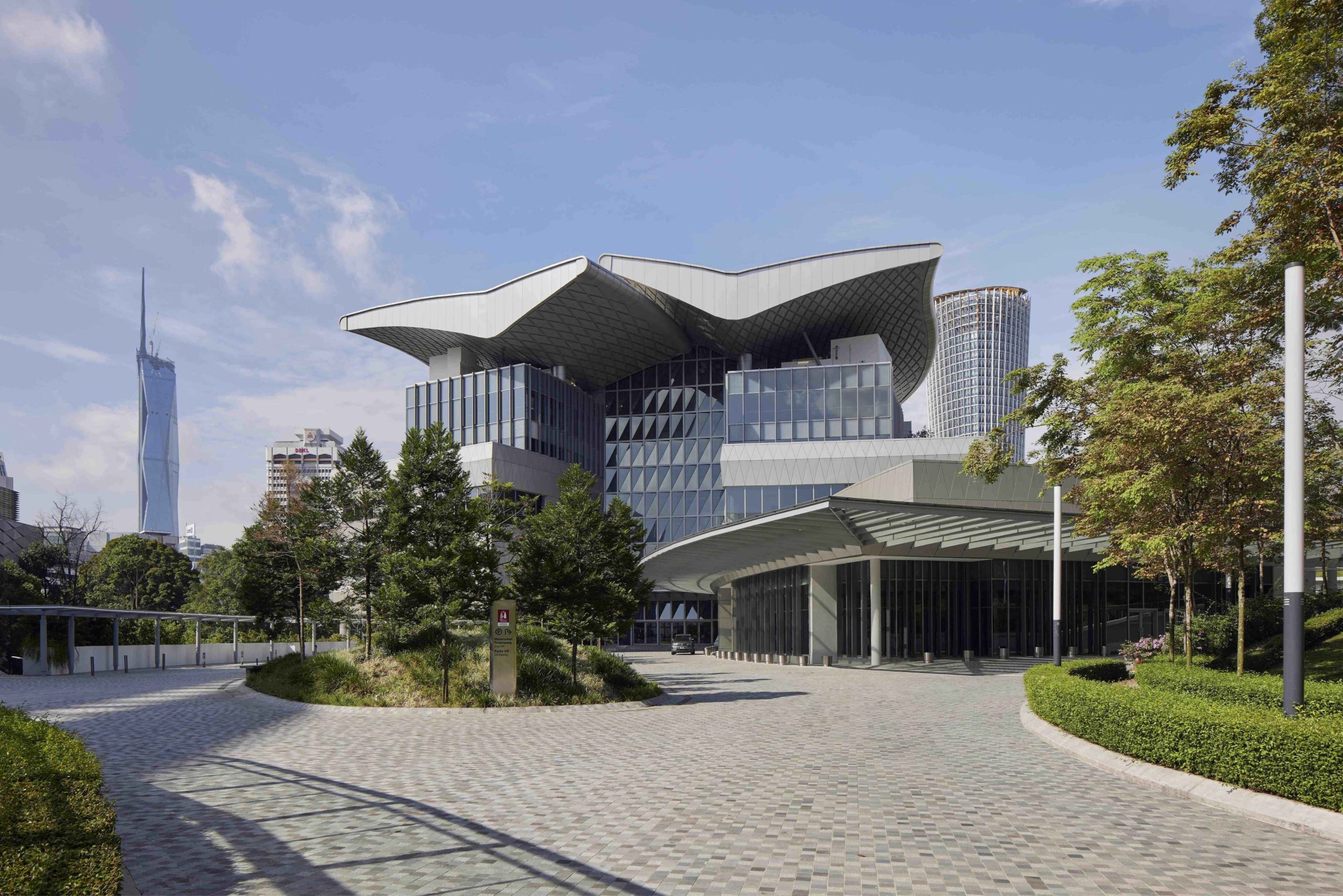
RM2,500.00
Program Fee